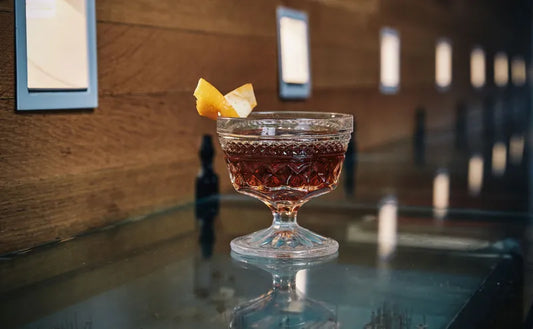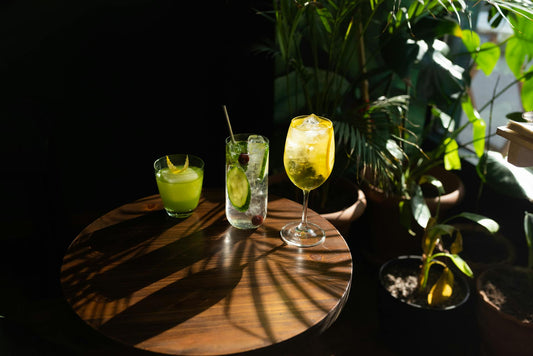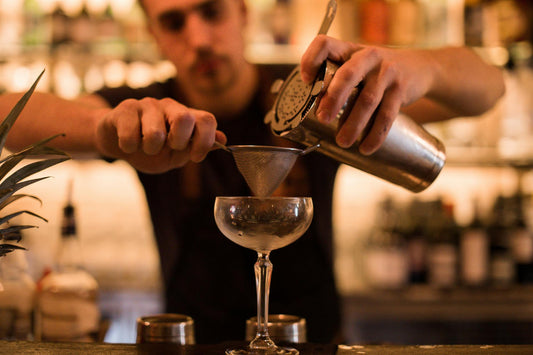Cinnamon Amaro Sour: A Cozy, Low-Alcohol Cocktail Delight
SWEET to SOUR
(1-10)
STRENGTH
(1-10)
CALORIES
STANDARD
DRINKS
Note: these values are approximate and may vary dependent on the ingredients and brands you use.
More information...
The Cinnamon Amaro Sour is a delightful cocktail that marries the complex flavors of amaro with the warm, spicy notes of cinnamon and the refreshing acidity of lemon juice. This drink is not just a cocktail; it’s an experience that evokes the cozy feelings of autumn and the festive spirit of winter, making it a perfect choice for gatherings or a quiet evening by the fire.
At the heart of this cocktail is Lucano Amaro Zero°, a herbal liqueur that is rich in flavor yet surprisingly low in alcohol content. Amaro, which means "bitter" in Italian, is a category of bittersweet liqueurs that are often enjoyed as digestifs. Lucano Amaro Zero° is particularly interesting because it offers the depth and complexity of traditional amaro without the higher alcohol content, making it a great choice for those who want to enjoy the flavors without the intensity of stronger spirits.
The addition of Lapsang Souchong tea introduces a smoky element that beautifully complements the sweetness of the cinnamon syrup. This tea, known for its distinctive flavor profile, adds a layer of sophistication to the drink. The cold tea not only cools the cocktail but also enhances its aromatic qualities, making each sip a sensory delight. The freshly squeezed lemon juice provides a bright acidity that balances the sweetness of the cinnamon syrup, creating a harmonious blend of flavors that dance on the palate.
One of the standout features of the Cinnamon Amaro Sour is its texture, which is achieved through the use of egg white or aquafaba. This ingredient is crucial for creating a frothy, velvety mouthfeel that elevates the drinking experience. The process of shaking the ingredients with ice, followed by a dry shake without ice, emulsifies the egg white or aquafaba, resulting in a luxurious foam that sits atop the cocktail. This not only adds visual appeal but also enhances the aroma, as the drinker is greeted with the fragrant notes of cinnamon and lemon as they take their first sip.
Garnishing the cocktail with a twist of lemon zest and a cinnamon stick not only adds to its aesthetic charm but also contributes to the overall sensory experience. The lemon zest, when expressed over the drink, releases essential oils that brighten the aroma, while the cinnamon stick serves as a stirring tool, allowing the drinker to mix the flavors as they sip.
With a sweetness to sour ratio of 7/10, the Cinnamon Amaro Sour strikes a balance that appeals to a wide range of palates. It’s sweet enough to be approachable yet has enough acidity to keep it refreshing. At only 150 calories and with a low alcohol content of 0.53% alc./vol., it’s a cocktail that can be enjoyed without the guilt often associated with more indulgent drinks.
In conclusion, the Cinnamon Amaro Sour is a cocktail that encapsulates the essence of comfort and warmth. It’s a drink that invites conversation and connection, perfect for sharing with friends or savoring alone. Whether you’re a seasoned cocktail enthusiast or a casual drinker, this cocktail is sure to impress with its unique flavor profile and delightful presentation.



